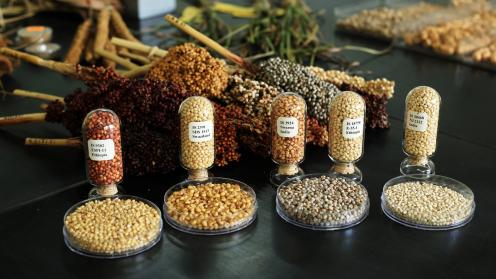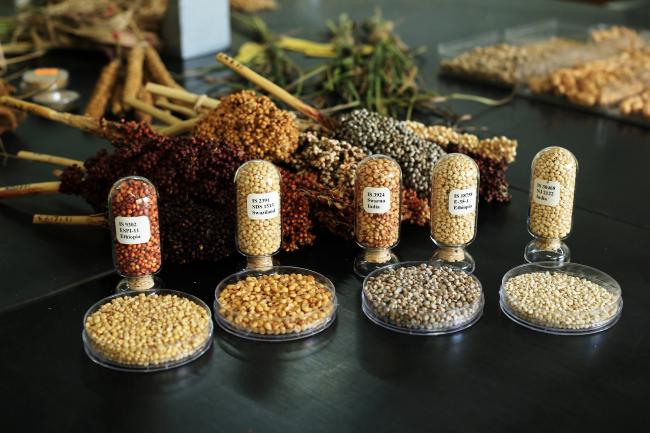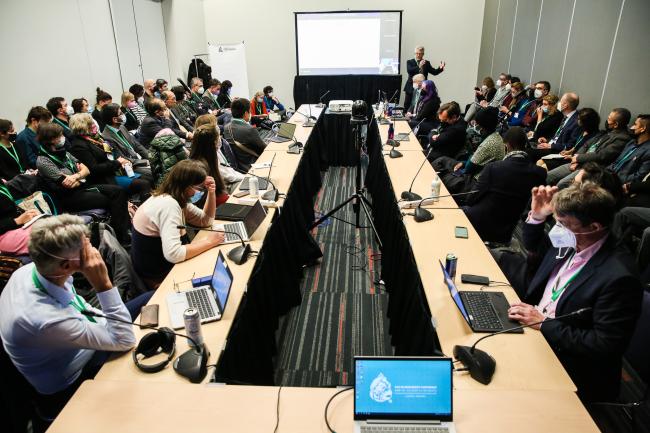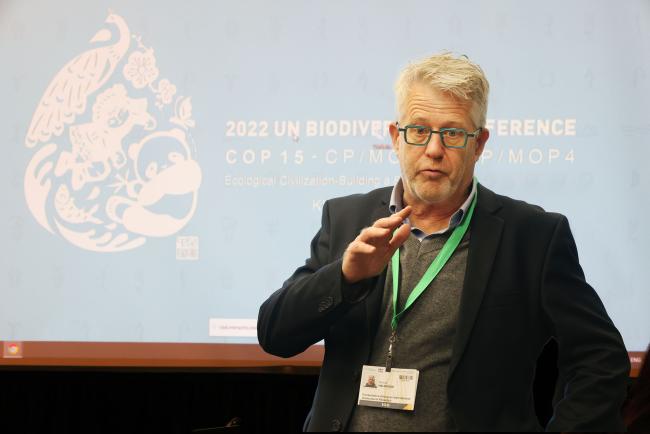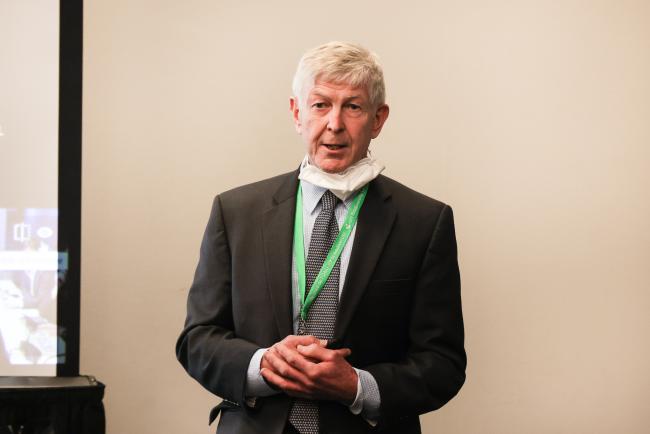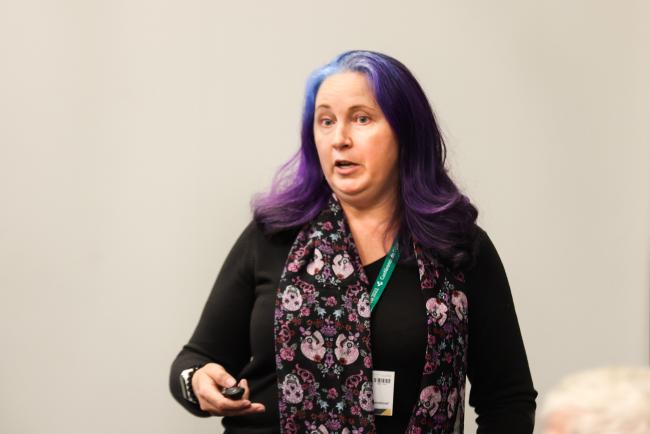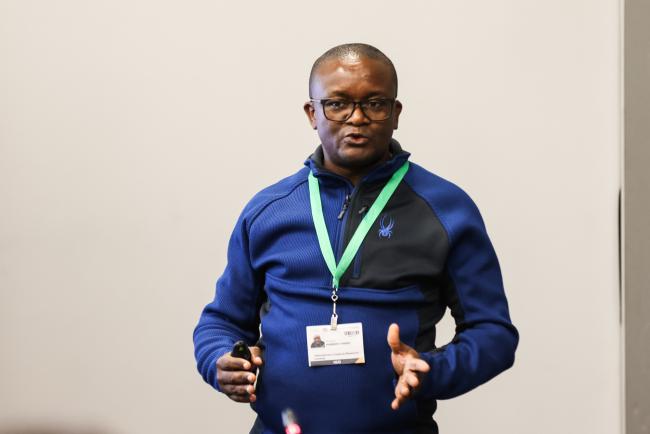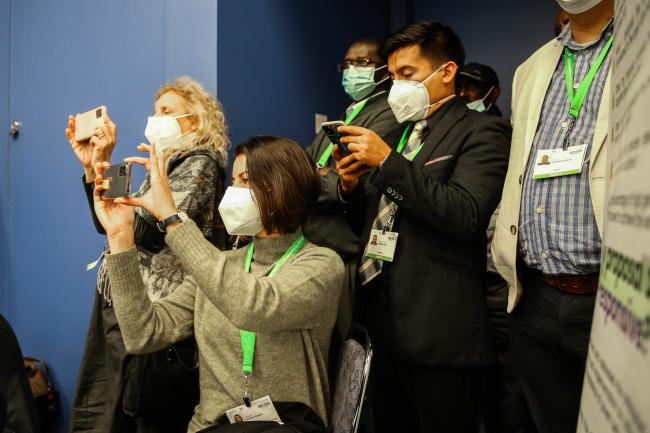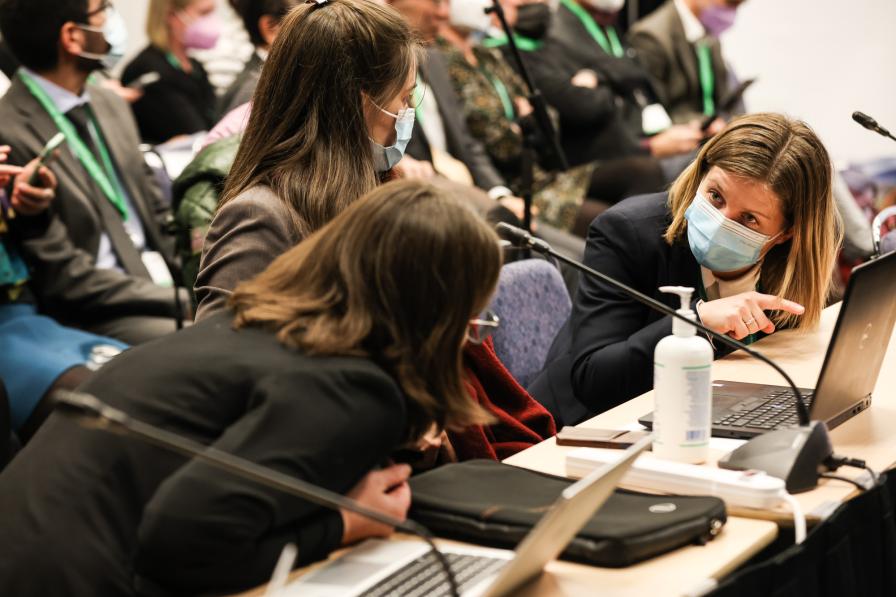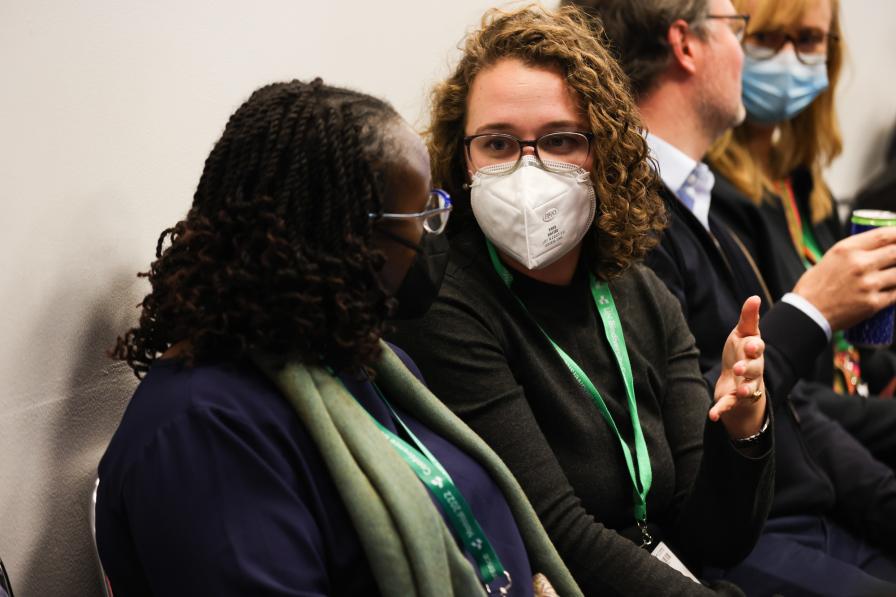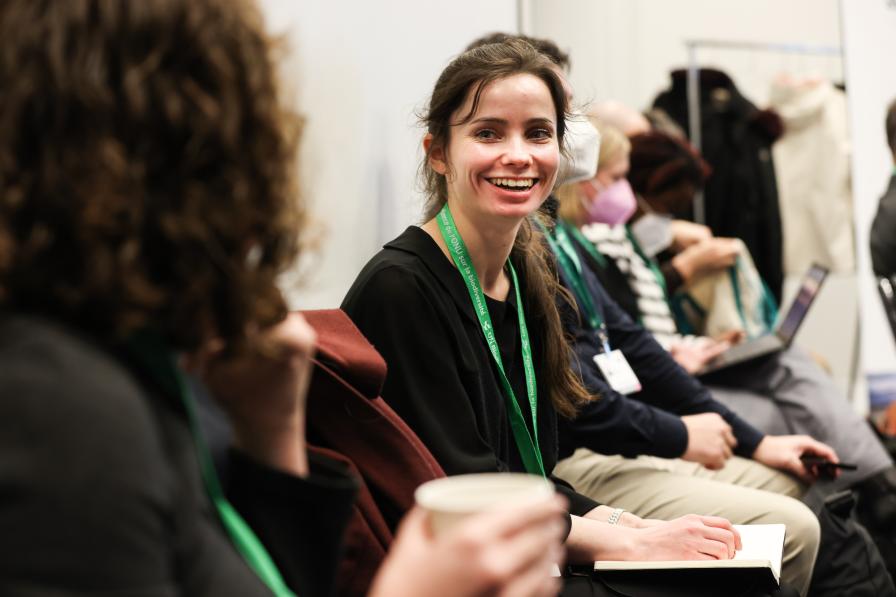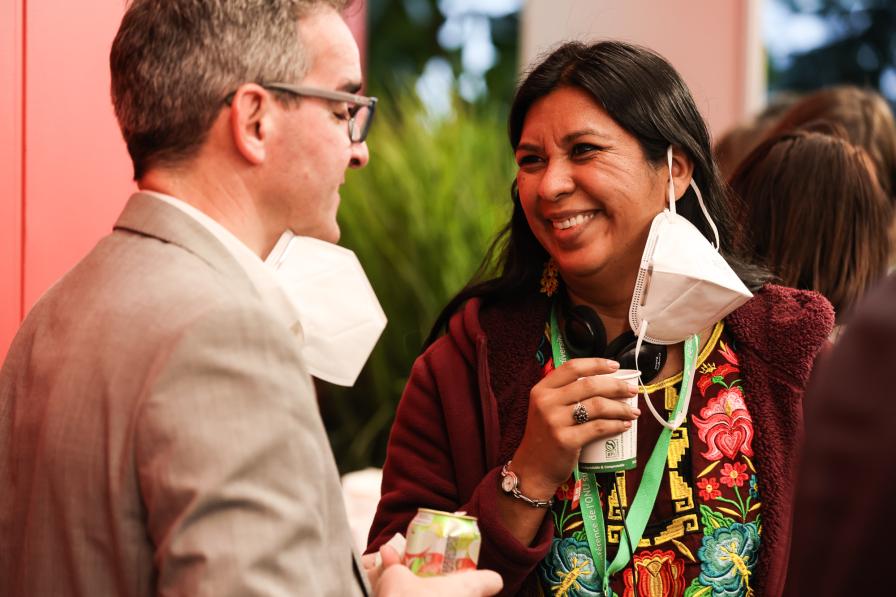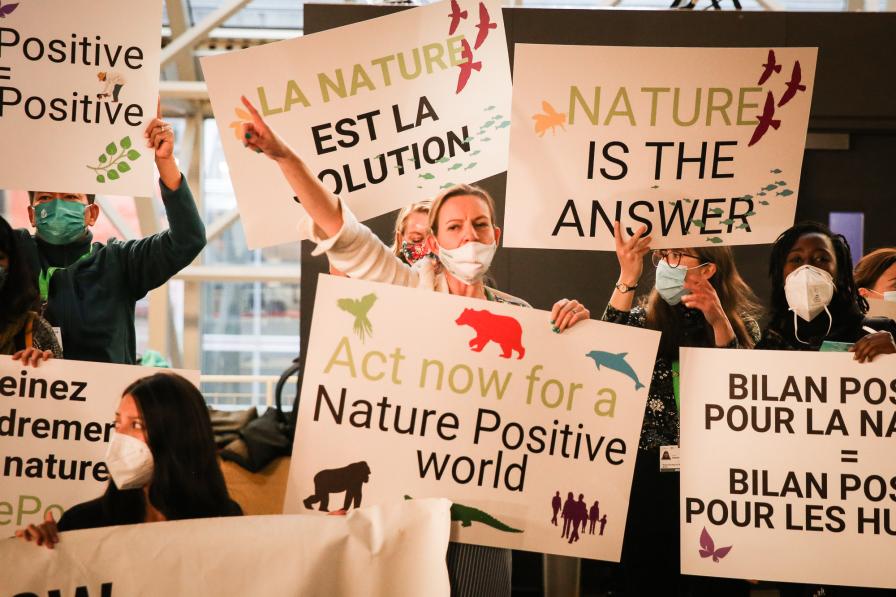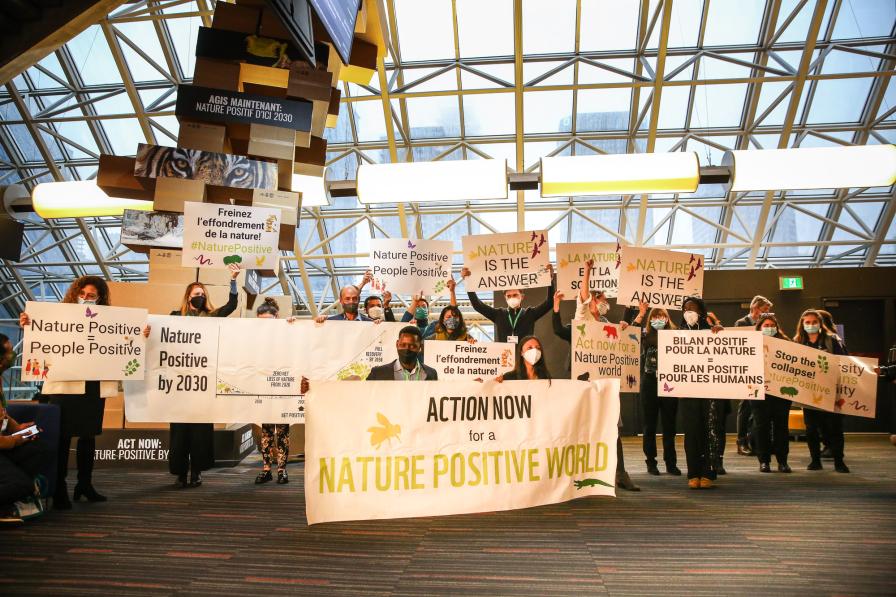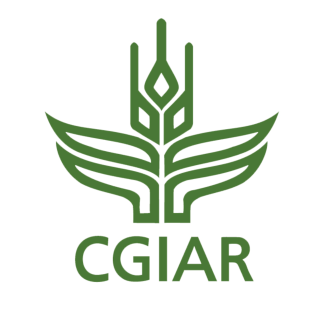About
This event considered how agricultural research organizations are increasingly using DSI to improve their work to conserve crop and livestock genetic diversity and to use genetic diversity in their plant and animal breeding programmes
Digital Sequence Information (DSI) is changing the way genetic resources are used in agricultural research and development, and has implications for new benefit-sharing norms.
This event considered how agricultural research organizations are increasingly using DSI to improve their work to conserve crop and livestock genetic diversity and to use genetic diversity in their plant and animal breeding programmes.
Michael Halewood, CGIAR, moderated this event. Ruaraidh Sackville Hamilton, CGIAR, said the importance of DSI has been recognized as it relates to the first two objectives of the CBD, stating that what needs to be addressed is DSI-related benefit sharing. He underlined that bilateral access and benefit sharing for DSI is neither fair nor equitable, and underscored that: DSI delinks the use of genetic resources for research and development (R&D); DSI-related technology enables in vitro and in silico replication of units of heredity; and DSI enables the discovery of unrelated genetic resources containing the same sequence.
Carolina Paola Sansaloni, International Maize and Wheat Improvement Center (CIMMYT), presented on how DSI is used to analyze structure, redundancies, and gaps in ex situ crop collections. She said genotyping and improving data will constitute a major improvement on phenotyping the whole collection of plant varieties to address the current challenges in crop production. She said DSI identifies redundancies and gaps in germplasm across gene banks and enables the discovery of unique material in each gene bank. She noted the need for capacity building for national gene banks in the generation, use, and application of DSI and the conservation of gene bank accession.
Sarah Hearne, CGIAR, shared an example of using DSI within the Allele Mining Initiative in CGIAR germplasm collections, describing that new technology uses the passport information of the collections. She explained that this information indicates, among others, the geolocation of these collections, including information on climate variations pointing to, for instance, drought resistance. She described genome-based predications, which can help predict the genotype itself using all the data available in the gene banks. She also highlighted data stewardship under the Initiative, noting the data is open, accessible, and licensed to this effect, thus aligning with the standard material transfer agreements of the International Treaty on Plant Genetic Resources for Food and Agriculture (ITPGRFA).
Chiedozie Egesi, NextGen Cassava Breeding Project, spoke on using DSI genomic selection tools to develop new cassava varieties to enable farmers’ selective breeding. Highlighting that cassava performs well in higher CO2 situations and temperatures and is drought-tolerant, he said deep sequencing has uncovered good traits, including resistance to cassava brown streak disease and pests, root quality, and nutritional quality. He urged using the open-source, reproducible CassavaBase digital ecosystem for cassava breeding data management for decision making, as it takes half the time of conventional selection.
Christian Tiambo, International Livestock Research Institute (ILRI), said that when combining genomics with associated traditional knowledge, ILRI identifies the best locally-adapted breeds, through ecological niche modeling to ensure the sustainability of genetic materials within communities. He explained that by working on biobanking of elite breeds in chickens, for instance, genetic material can be fully recovered to produce those traits most preferred within the community, but that this can take several generations. He highlighted that DSI technologies can be used to reduce the time it takes to produce desired traits in tropical livestock. He shared a “consortium model” of partnership between countries to further these technologies.
Halewood spoke on the implications of DSI for new benefit-sharing norms, noting that monetary benefit-sharing does not exist and that current benefit-sharing focuses on genetic materials, not genetic information. He urged multilateral, rather than purely bilateral, approaches to address the benefit-sharing policy gap and listed options including delinking access and benefit-sharing (ABS) from particular products, internationally coordinated R&D projects, and preserving open access infrastructure. He recommended that contracting parties lower transaction costs by making initial payments, and said non-monetary benefits can include, inter alia: the number of accessions evaluated for climatic or nutritional traits; the number of diverse sources identified for a given trait; and the number of genes mapped in a given crop and made available for use through marker-assisted selection.
Álvaro Toledo, ITPGRFA, explained that, in a short period of time, the understanding of DSI for sustainable use and benefit-sharing has grown exponentially. He stated that efforts to share this information are paying off in narrowing down options for benefit sharing. He said that 9th session of the ITPGRFA Governing Body reinitiated the enhancement of the multilateral system on access and benefit-sharing (MLS), with the understanding that the MLS will also include DSI. He underscored that the Governing Body has clarified that decisions on this must be made in mutual support with the Convention, including that lessons learned under the Treaty could be considered in CBD discussions. Toledo underlined the need to avoid discussing benefit-sharing in a vacuum, and to concurrently consider capacity building, technical, and technology transfer needs related to benefit-sharing.
Organizers: CGIAR
Contact: Michael Halewood | CGIAR | m.halewood@cgiar.org
For more information: https://www.cgiar.org/
All ENB photos are free to use with attribution. For this event, please use: Photo by IISD/ENB | Natalia Mroz
To receive free coverage of global environmental events delivered to your inbox, subscribe to the ENB Update newsletter.
